Details of massive Project Neon unveiled
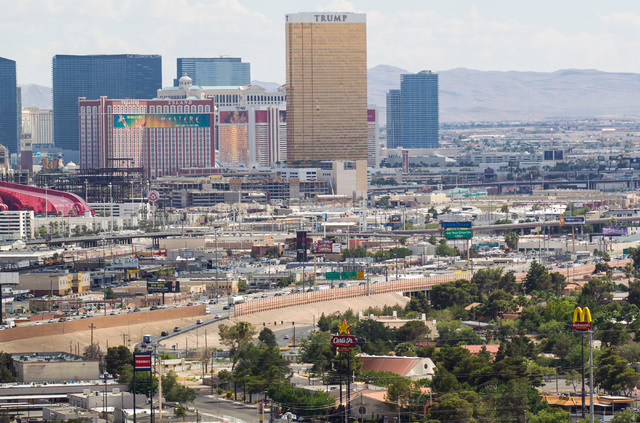
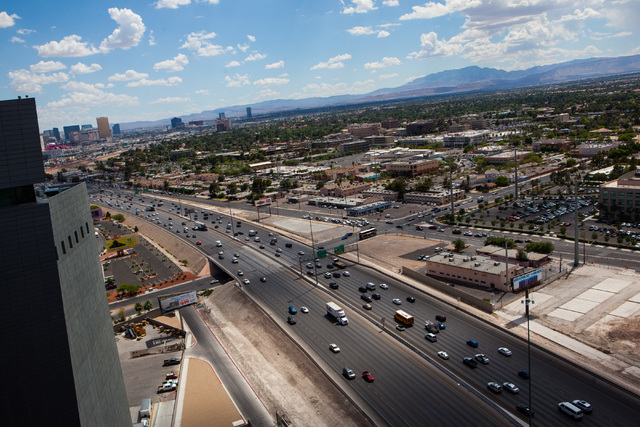
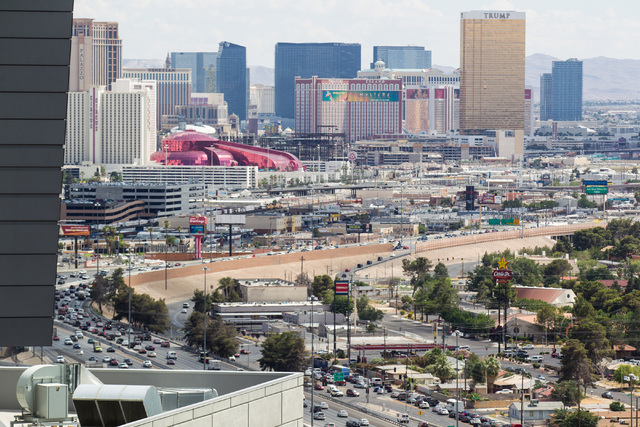


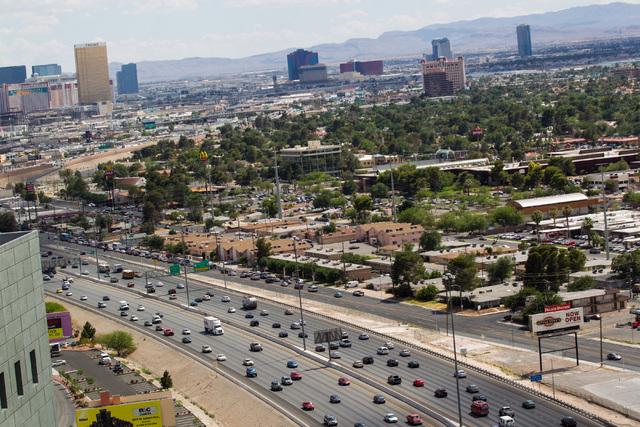
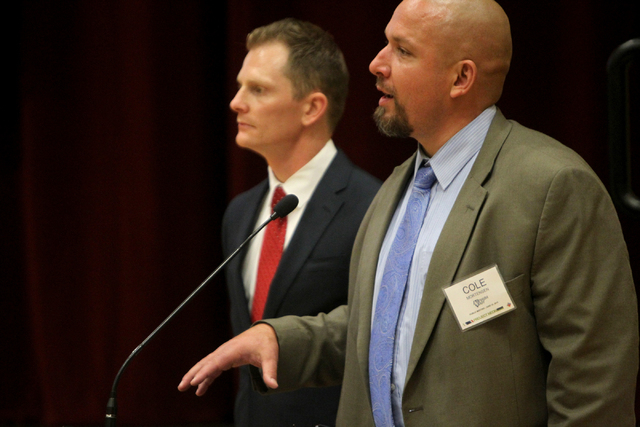




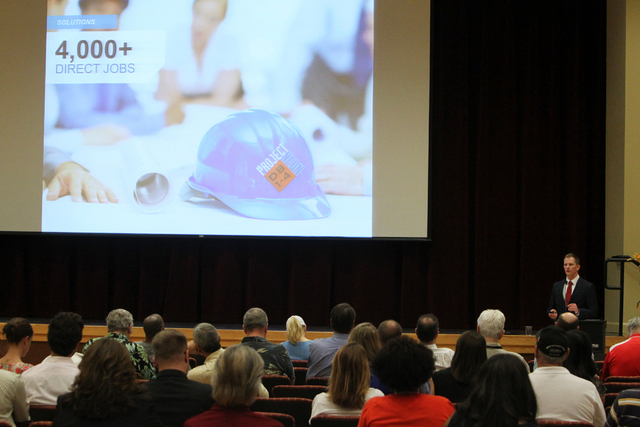
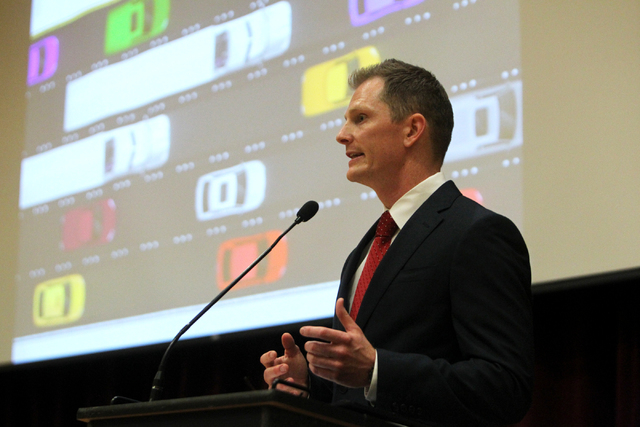
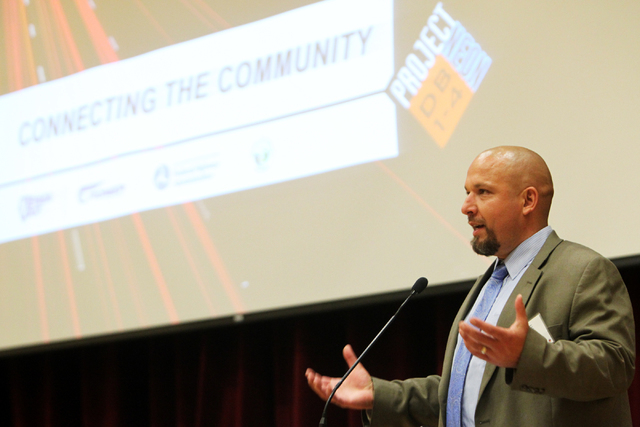
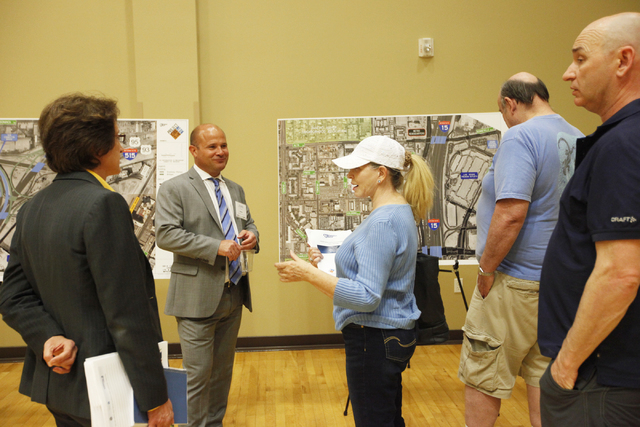
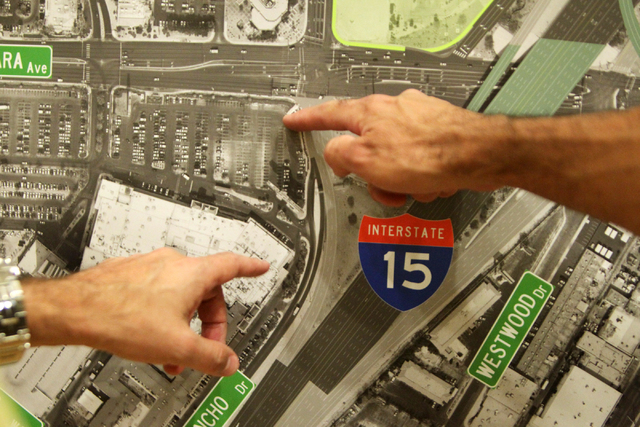
The pain commences early next year.
But when all that construction pain ends, the $1.5 billion Spaghetti Bowl interchange rehabilitation known as Project Neon not only will provide a smoother, safer transition between U.S. Highway 95 and Interstate 15 but will provide superior access to downtown Las Vegas, the resort corridor and nearby medical facilities.
The 3.7-mile overhaul of the state’s busiest freeway interchange and the region just south of it will be the largest transportation infrastructure project ever done in the state.
While all the final flourishes could take up to 20 years to finish, four phases that represent the meat of the project will be undertaken in the next four to five.
About 150 people perused maps, drawings and aerial photographs in an open house, then listened to senior project manager Dale Keller’s 30-minute overview of the project, which will tighten more than a few motorists’ jaws as they crawl through traffic in the years ahead.
The Nevada Department of Transportation will receive bids on the project by the end of July, evaluate them for the state Transportation Board, which is expected to award a contract in the fall, coordinate the final construction plan through the end of the year and break ground in early 2016.
“We’re about to make your life miserable for about four years,” joked Tracy Larkin-Thomason, Southern Nevada’s deputy director for the department, before introducing Keller.
At Wednesday’s public meeting at the Historic Fifth Street School in downtown Las Vegas, Keller offered a few more details of the project south of the interchange that will reduce traffic conflicts even more and provide unprecedented access to downtown and the neighborhoods around it.
■ The HOV connector. Once the HOV flyover, which will run parallel just south of the existing flyover that takes northbound I-15 traffic to northbound U.S. 95, the connection between the existing lanes on U.S. 95 and one of the existing express lanes farther south will be joined to create a 22-mile HOV system.
■ An HOV interchange. In a first for Nevada, an exit specifically dedicated to high-occupancy vehicles will drop traffic from the center of the freeway down to a point between Charleston and Oakey boulevards, roughly where Wall Street now runs. It will access a new network of road connections east of the freeway and will be called the “Neon Gateway.”
■ The Charleston Boulevard interchange. That mess that now represents the Charleston exit — it crisscrosses Martin Luther King Boulevard at the southbound exit west of the freeway and is two separate exits on the northbound side east of the freeway — will be redesigned. It will be rebuilt as a more traditional diamond freeway exit.
■ Ramp braiding. It’s nothing new for Southern Nevada. Some freeway exits and entrances cross over and under each other to minimize collisions. Braiding is planned where the existing northbound U.S. 95-I-15 interchange occurs.
■ Access. Grand Central Parkway will be connected to Western Avenue and Industrial Road, which already connects to Frank Sinatra Drive. With a new bridge over the Union Pacific railroad tracks, the city will get a new fully connected route from downtown to the south end of the Strip between I-15 and the Las Vegas Boulevard for back-of-the-house deliveries and resort employees.
Slip ramps — those frontage roads that run parallel to the freeway — will be incorporated into the project to minimize traffic conflicts on both sides of I-15 for the length of the project.
But of course, there will be pain.
A series of street closures and detours are on the horizon. They’re expected to be fully explained in another public meeting late in the year or early next year, once the contractor has been selected.
The department is requiring the contractor to work at night along commercial areas and during the day near residential areas.
The state’s contract will be filled with incentives to reward the contractor for work completed early and disincentives to penalize the contractor for work completed late.
Follow @RickVelotta on Twitter. Contact reporter Richard N. Velotta at rvelotta@reviewjournal.com or 702-477-3893.












